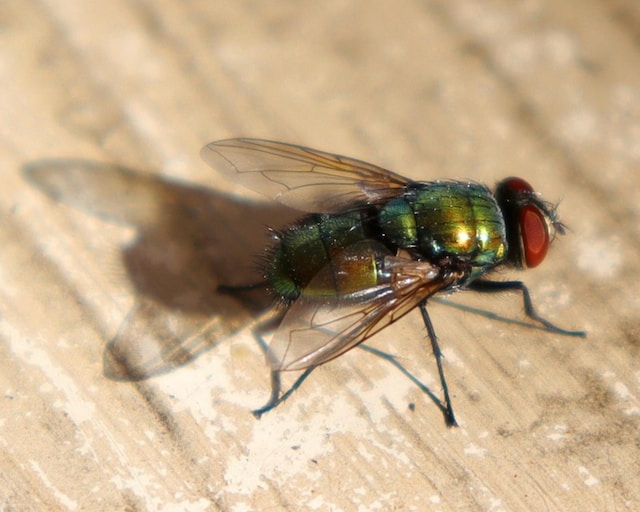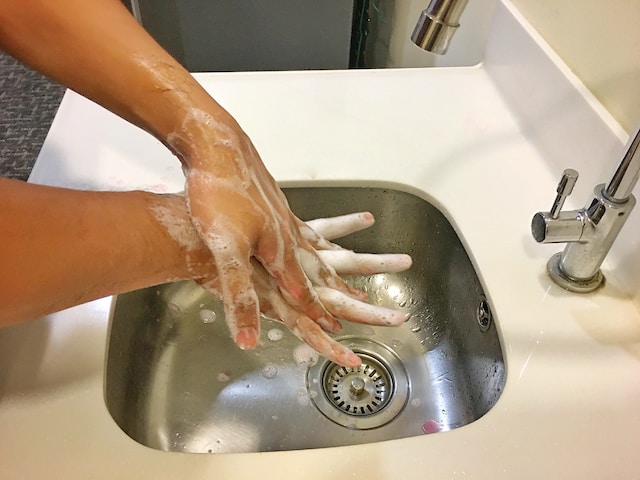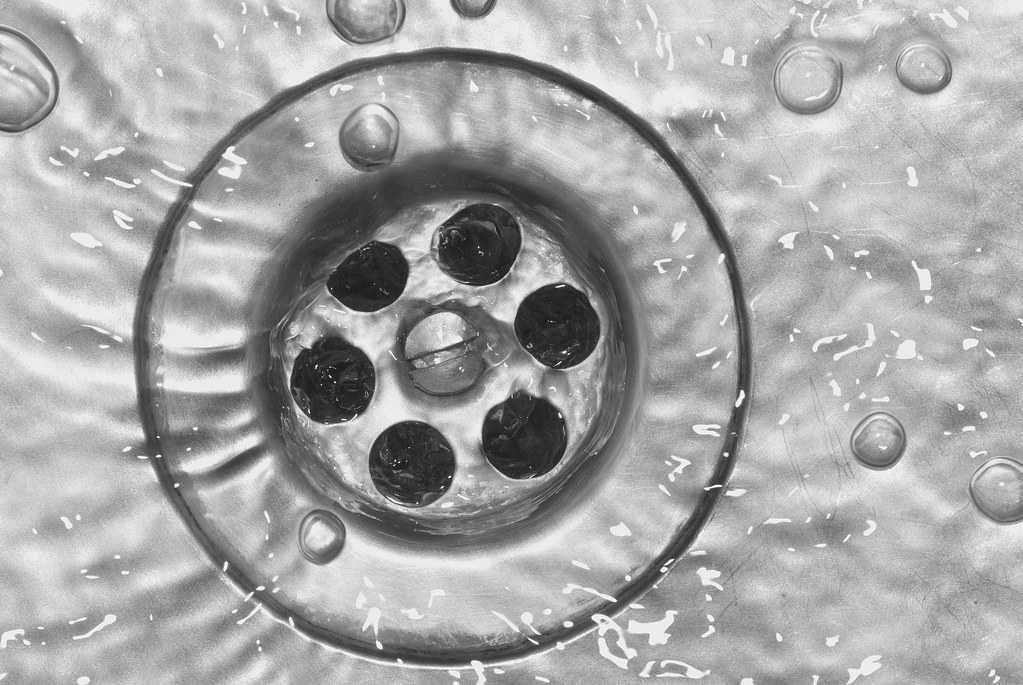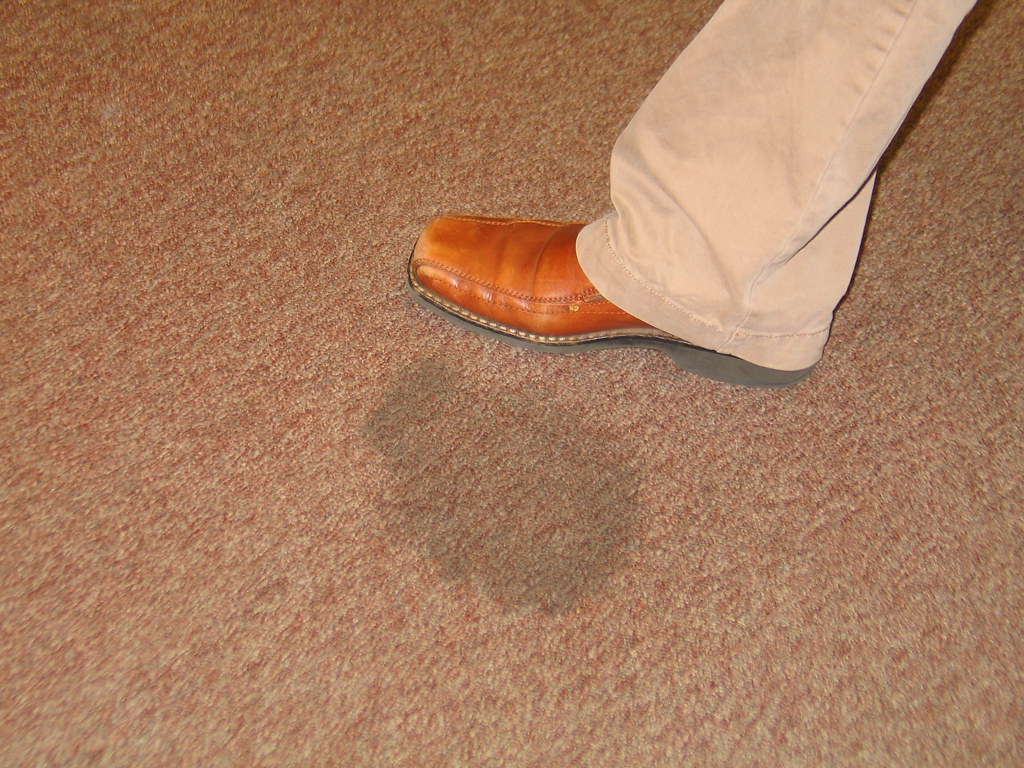In March 2017, a study was published in Applied and Environmental Microbiology to see if pathogens in sink drains could transfer to people washing their hands in those sinks.
To conduct the study, researchers set up a row of sinks. They cleaned and disinfected the sinks and sink faucet handles before the experiment. They also put Plexiglas shields between the sinks to stop germs from jumping from one sink to the other.
Each sink had its own pipe and p-trap underneath. P-traps are installed in all U.S. drains to block sewer odors from coming into the restroom.
Beginning the Drains Test
- To begin the test, the scientists seeded the p-traps with harmless, fluorescent bacteria. This would allow them to see if microbes traveled up the drains.
- The bacteria were supplemented with daily additions of what researchers called a “nutrient broth to mimic liquids commonly poured into hospital sinks.”
- The regular sink cleaning routine in the facility was followed.
According to the researchers, “transmission of bacteria between sinks via a common pipe was a key finding in this study [because it] highlights the premise that a continuous system of sinks” could spread pathogens from one sink to another.
Here’s what they uncovered:
- The bacteria in the drain flourished. Drains are a perfect setting for pathogens to thrive.
- The pathogens soon began climbing up the drains at 2.5 centimeters (about an inch) every day.
- As the sinks continued to be used, the bacteria inched their way to the top of the sink drains.
- As they were used, water used in the sink became contaminated and splattered around the sink.
- This splatter came into contact with the hands, wrists, and arms of the person using the sink.
- within a week, the scientists found that even if only one p-trap was contaminated, that was enough bacteria to infiltrate three other sinks through the common drainpipe below.
Options to Protect Health
One of the key findings of this research is that sink drains and other types of drains, such as floor drains, require more attention from cleaning contractors to protect human health. This is an aspect that may have been neglected even during the pandemic, but it can no longer be ignored.
Citric acid-based cleaning solutions are commonly used in commercial kitchens and the food surface industry to help keep drains clean and healthy. “It is often used to clean fruits and vegetables,” says Hannah Johannes, marketing director for ProNatural Brands, marketer of citric acid-based cleaning solutions.
“But as the [citric acid] is used, it goes down the drain, sanitizing the pipes below.”
Johannes recommends that cleaning contractors implement a “drain maintenance program” and clean drains with citric acid-based-based cleaning solutions on a set scheduled.
This will help eliminate pathogens in the drains and help remove debris accumulation in the pipe below.
The Drains TestTakeaway
For those of us who work in the professional cleaning industry, what we have learned over the years, especially since the pandemic, is that cleaning for health is a journey. We are always discovering new steps we need to take to keep people healthy.
Establishing a drain maintenance program is just one more thing to add to our cleaning for health journey.
Written by Robert Kravitz, a frequent writer for the professional cleaning industry.Pronatural Brands cleaning, sanitizing & disinfecting products are made from 100% naturally derived, FDA-approved food additive ingredients. They are just as powerful as leading chemical-based solutions – just safer. For more information, contact us here.






